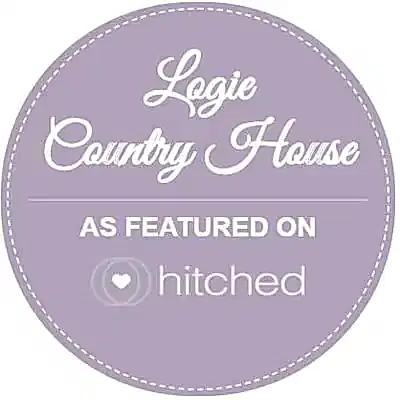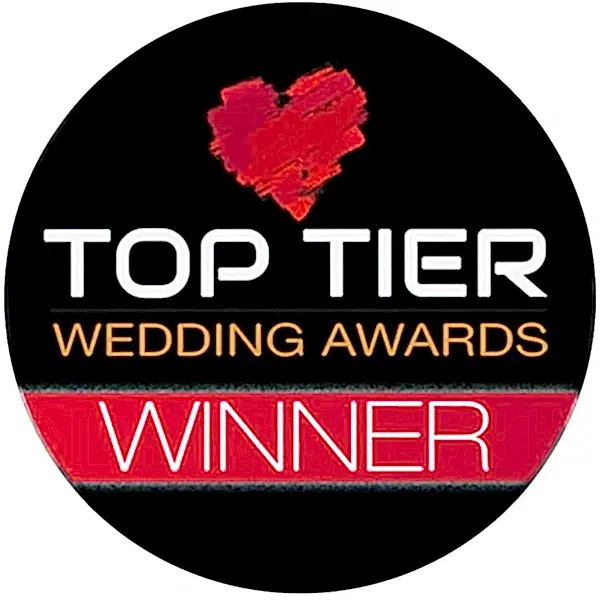Logie Elphinstone House: A Historic Scottish Estate
Logie Elphinstone House, now Logie Country House, sits in Pitcaple, Inverurie. Formerly Logie House Hotel, it has over 600 years of history. This Aberdeenshire estate reflects Scotland’s feudal past and transformation into modern times. The Elphinstone family, once influential landowners, shaped much of its legacy. This account explores its establishment in the 1400s and its journey to the present.
The Formation of Logie Elphinstone in the 1400s
Logie Elphinstone House dates back to the 15th century, a time of political change in Scotland. The Scottish Crownsought loyal noble families to help maintain order. Estates were granted as rewards for service and controlled by trusted lords.
The Logie estate emerged around the 1400s, likely under James I of Scotland (1406–1437). The land went to the Elphinstones, a prominent Scottish noble family. They quickly became key landowners in Aberdeenshire. Their loyalty to the monarchy earned them land, power, and influence.
The first Logie Elphinstone House was a fortified tower house. Thick stone walls, narrow windows, and battlementsmade it strong. The design protected against political unrest and served as a family home and administrative center.
The Rise of the Elphinstone Family
The Elphinstone family has a long lineage dating to the 13th century. Their original home, Elphinstone Tower in East Lothian, inspired their name. By the 1400s, their influence had spread, with family members serving in the Scottish court.
Sir John Elphinstone played a key role in the late 14th century. His son, Alexander Elphinstone, became Lord Elphinstone in 1509. The family’s military service and diplomacy strengthened their standing. Their estate at Logiegrew as a result.
The Elphinstones supported Mary, Queen of Scots in the 16th century. They later backed her son, James VI, who became James I of England. Their loyalty placed them at the center of political events, especially during the Wars of the Three Kingdoms.
Development and Expansion of Logie Elphinstone House
As the Elphinstone family gained wealth, Logie Elphinstone House expanded. The 16th century saw new wings and better living spaces. The focus shifted from defense to comfort and aesthetics.
The 16th and 17th centuries were innovative for Scottish architecture. Noble families improved their estates to reflect status and prosperity. The Elphinstones followed this trend, expanding the house and agricultural land. The estate supported local workers and food production.
The family remained active in politics. Lord Alexander Elphinstone advised King James IV. He died in 1513 at the Battle of Flodden, a major Scottish loss. Despite this tragedy, the family’s influence grew over the centuries.
The Elphinstones and the Scottish Crown
The Elphinstones remained loyal to the monarchy. Alexander, 1st Lord Elphinstone, was a trusted advisor to James IV. He handled diplomatic missions in England and France.
When James VI became James I of England in 1603, the Elphinstones remained influential. The union of the Scottish and English crowns was a turning point. The family’s status ensured their continued success.
The Wars of the Three Kingdoms (1639–1651) disrupted their power. Political instability targeted noble estates. Rival factions attacked properties, and some Elphinstones went into exile.
Logie House in the 20th Century: Fire and Restoration
For a time, Logie Elphinstone House became a hotel. However, tragedy struck in April 1974. A fire destroyed ¾ of the house on a freezing night. The river water pumps froze, preventing firefighting efforts. Hundreds watched from the A96, powerless to stop the flames. The tower saved part of the house from complete destruction.
The ruined house stood abandoned for decades. In 2006, the current owners restored it to its former beauty. It now serves as an exclusive-use wedding venue.
Logie Country House Today
Today, Logie Country House preserves its historical grandeur while offering modern luxury. The architecture and estate grounds reflect its medieval origins. The venue welcomes weddings and special events, allowing guests to experience Scotland’s noble past.
The Elphinstone family’s legacy remains part of the estate’s identity. Their historical influence shaped both the house and Aberdeenshire’s cultural landscape.
Conclusion: A Living Legacy
Logie Elphinstone House’s history spans centuries of Scottish heritage. Built in the 1400s as a fortified tower, it survived political shifts, war, and decline. Today, it thrives as a luxury wedding venue.
Would you like to visit? Explore Logie Country House today.











